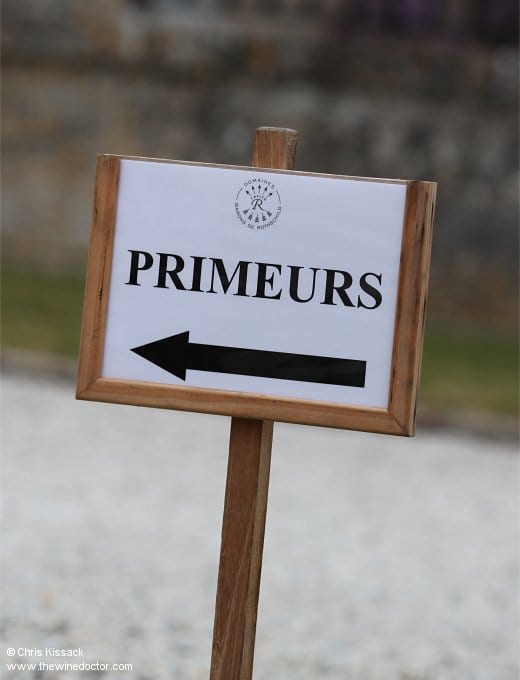Bordeaux 2011
The crump! was unexpected but I knew immediately what had happened. It doesn’t matter what make of vehicle you are driving, or what sort of material it has just unintentionally made contact with, when you point your car at something you shouldn’t, the collision always leads to that same, slightly sickening crump! My heart sank.
I managed to navigate my way out of my parking space at Château Rauzan-Ségla without any further mishaps, and then I could see the offending obstacle. A rigid metal post marking the edge of the space, no more than two feet high; just tall enough to make contact with the right-hand front wing of my hire car as I reversed, just small enough not to be noticed in any of the rear view mirrors. I pulled over to inspect the damage. Happily it wasn’t too bad (honest!). Or at it least it wasn’t once I forced the front bumper back into more or less the correct position, and then bent the wing (which was made of plastic – modern manufacturing!) back into shape. And then reattached all the broken clips inside the wheel arch as best I could. After a few minutes work it looked good as new. Apart from the three-centimetre dinge in the paint work of course.
I was tempted to use this unfortunate accident as some sort of analogy for Bordeaux 2011, but in truth this simple event doesn’t really describe enough to convey the story of what was a very complex vintage. And in my collision between car and post there were no winners (although the post did come off better than the car, I suppose), but that is certainly not true of Bordeaux 2011. Rather than a simple collision the vintage is perhaps more akin to a stock car race; not the slick, modern-day NASCAR version that North Americans enjoy, but the home-spun version I used to watch at my local race track as a schoolboy, featuring brightly painted chariots which were almost exclusively rescued from the local scrapyard. In a smooth and uneventful race everybody brought their car home safely, but in a more difficult race this was never going to be so. Some fell at the wayside never to finish, and some would limp home in a sorry state. Even so, there were always some that sailed serenely across the finish line, with barely a hair (under their crash helmet, naturally) out of place. These were the drivers with the money to buy a better car perhaps, and also the experience and cool head required to see it reach the finish line ungrazed.

